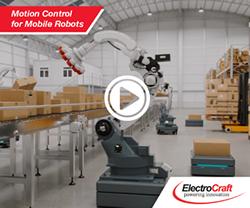Toyota's U.S. Robotics Boss Promises Results Within 5 Years
 Yuri Kageyama for News Factor: The U.S. robotics expert tapped to head Toyota's Silicon Valley research company says the $1 billion investment by the giant Japanese automaker will start showing results within five years.
Yuri Kageyama for News Factor: The U.S. robotics expert tapped to head Toyota's Silicon Valley research company says the $1 billion investment by the giant Japanese automaker will start showing results within five years.
Gill Pratt [pictured above] told reporters that the Toyota Research Institute is also looking ahead into the distant future when there will be cars that anyone, including children and the elderly, can ride in on their own, as well as robots that help out in homes.
Pratt, a former program manager at the U.S. military's Defense Advanced Research Projects Agency, joined Toyota Motor Corp. first as a technical adviser when it set up its artificial intelligence research effort at Stanford University and MIT.
He said safety features will be the first types of AI applications to appear in Toyota vehicles. Such features are already offered on some models now being sold, such as sensors that help cars brake or warn drivers before a possible crash, and cars that drive themselves automatically into parking spaces or on certain roads.
"I expect something to come out during those five years," Pratt told reporters recently at Toyota's Tokyo office of the timeframe seen for the investment. Cont'd...
Featured Product

